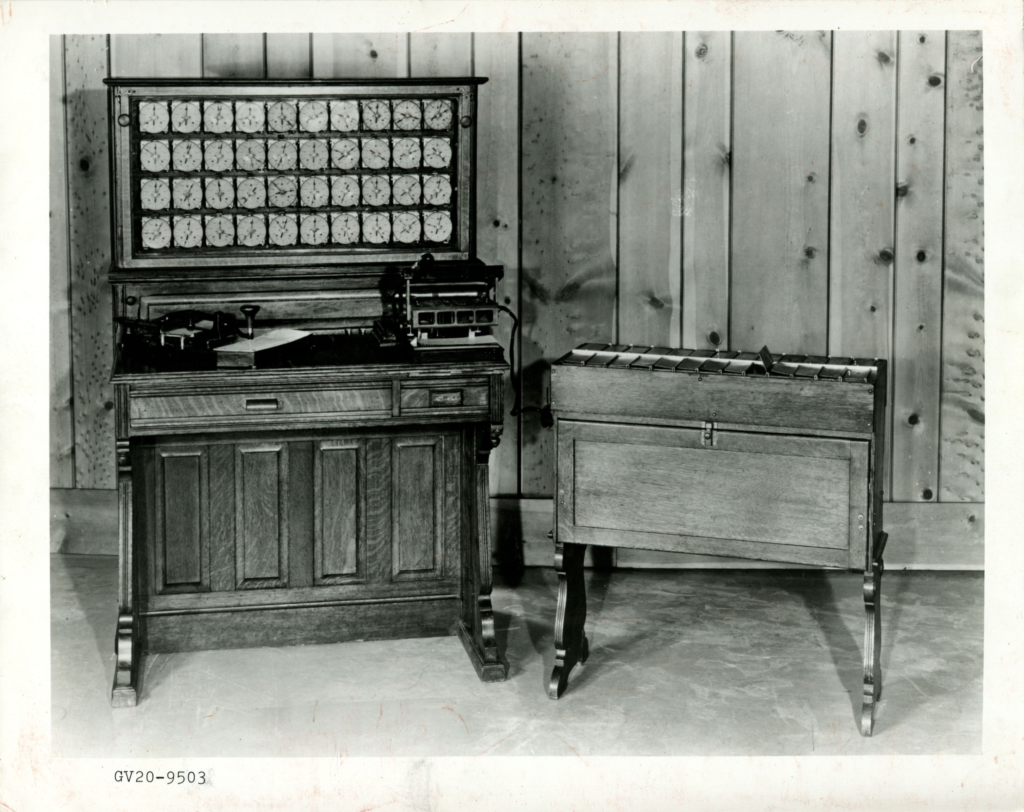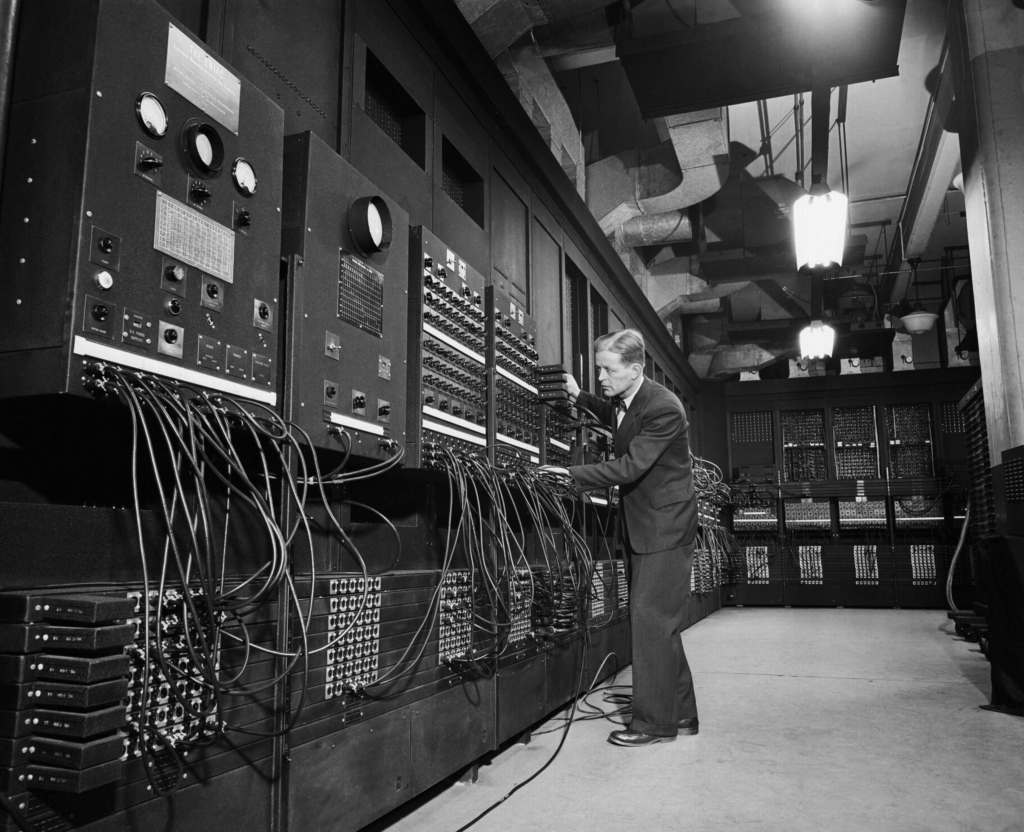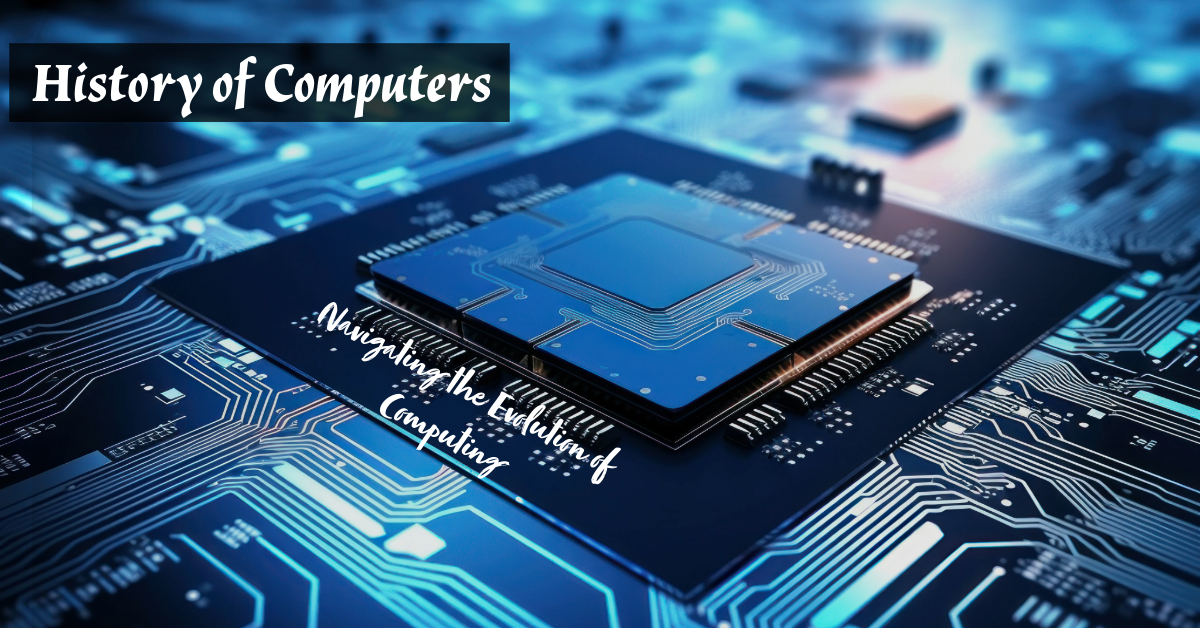Embark on a journey through the captivating evolution of computing, from the ingenious inventions of Charles Babbage to the transformative technologies of the modern era. Delve into pivotal moments and visionary thinkers that have shaped the course of computing history, revolutionizing the way we live, work, and connect with the world.
History of Computers
1. The Ingenious Innovations of Charles Babbage and Ada Lovelace
In 1822, Charles Babbage conceptualized the groundbreaking “difference engine,” laying the groundwork for automated calculation and computational machinery. His visionary designs extended to the “analytical engine,” a precursor to modern computers, with Ada Lovelace’s pioneering work on programming concepts amplifying its potential.

2. Herman Hollerith and the Tabulating Machine: Streamlining Data Processing
The demand for efficient data processing in the late 19th century prompted Herman Hollerith to devise the tabulating machine, a marvel of engineering that revolutionized the census-taking process. Harnessing the power of punch cards to represent data, Hollerith’s invention significantly reduced the time and resources required for tabulation, laying the foundation for modern data processing methods.

3. ENIAC: Pioneering Electronic Computing
In 1945, the unveiling of the Electronic Numerical Integrator and Calculator (ENIAC) heralded a new era of electronic computing. As the first programmable, electronic, digital computer, ENIAC revolutionized computation with its unprecedented speed and versatility.

4. The Transistor Revolution: Miniaturization and Integration
The invention of the transistor in 1947 sparked a paradigm shift in computing, ushering in an era of miniaturization and integration. Integrated circuits, composed of multiple transistors on a single chip, replaced bulky vacuum tubes, revolutionizing the design and functionality of computers.

5. Storage Solutions: From Disk Drives to Modern Storage Systems
In 1962, IBM introduced the first disk drive, a groundbreaking innovation that transformed data storage and access. With the capacity to store large volumes of data on magnetic disks, disk drives revolutionized computing by enabling rapid data retrieval and management.

As we reflect on the rich tapestry of computing history, we are reminded of the extraordinary ingenuity and innovation that have shaped the world as we know it. From the visionary designs of Charles Babbage to the transformative technologies of today, each milestone represents a triumph of human creativity and collaboration. Let us honor the legacy of those who paved the way for progress and innovation as we continue to navigate the ever-evolving landscape of computing.
Also Read: History of Operating Systems: Evolution From Unix to the Modern Era
How do you choose new computer? What do you look for in a new computer? Are you watch any videos or reviews before purchase? share you opinion in comment
